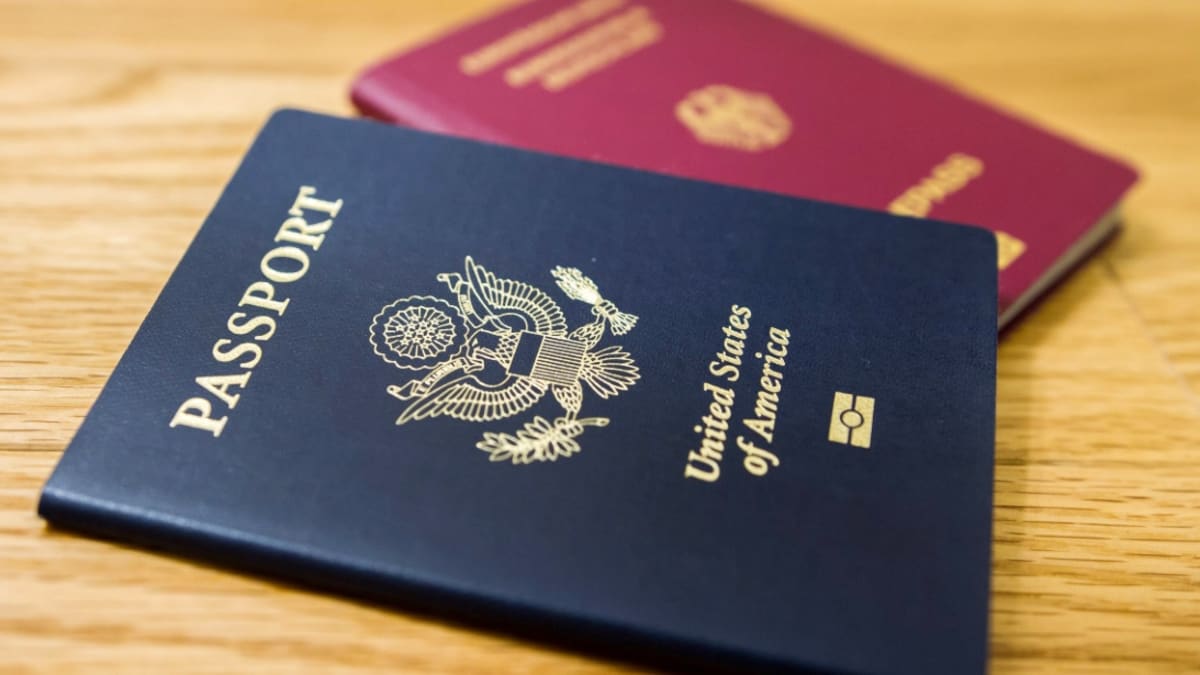
The Maldives, an archipelago located in the Indian Ocean, has long been synonymous with luxury, beauty, and tranquility. Renowned for its stunning turquoise waters, pristine white sandy beaches, and vibrant coral reefs, the Maldives has become a dream destination for travelers from around the world. Beyond its picturesque landscapes, this tropical paradise boasts a rich cultural heritage and a unique ecological system that captivates the hearts of those who visit. This article delves into the enchanting world of the Maldives, exploring its geography, culture, tourism, and environmental significance.
Geography and Climate Of Map:rplqmrzkbr0= Maldives
The Maldives is composed of 26 atolls, which are made up of over 1,000 coral islands. These atolls stretch over 800 kilometers from north to south, making the Maldives one of the most geographically dispersed countries in the world. The capital city, Malé, is situated in the Malé Atoll and serves as the political, economic, and cultural hub of the nation.
The climate in the Maldives is tropical, characterized by warm temperatures and high humidity throughout the year. The country experiences two distinct seasons: the dry season, known as the Northeast Monsoon, which lasts from November to April, and the wet season, or the Southwest Monsoon, from May to October. Despite the seasonal changes, the Maldives enjoys relatively consistent temperatures, averaging around 30°C (86°F), making it an ideal year-round destination for tourists.
Cultural Heritage
The cultural fabric of the Maldives is a vibrant tapestry woven from various influences, including South Indian, Arab, and African traditions. The official language, Dhivehi, reflects this diverse heritage, incorporating elements from Sanskrit, Arabic, and Dravidian languages. Islam is the state religion, and its influence is evident in the daily lives of Maldivians, from the five daily prayers to the traditional customs and practices.
Maldivian culture is rich in folklore, music, and dance. Bodu Beru, a traditional form of music and dance, is performed at celebrations and festivals, showcasing the rhythmic beats of drums and the energetic movements of dancers. The art of lacquer work, calligraphy, and mat weaving are also integral to Maldivian culture, with intricate designs passed down through generations.
Tourism: The Lifeblood of the Maldives
Tourism is the cornerstone of the Maldivian economy, accounting for nearly 30% of the country’s GDP and employing a significant portion of the population. The Maldives is renowned for its luxurious resorts, each occupying its own private island, offering an unparalleled experience of seclusion and exclusivity. These resorts provide world-class amenities, including overwater villas, private pools, and gourmet dining, attracting celebrities, honeymooners, and affluent travelers seeking a slice of paradise.
Diving and Marine Life
One of the primary attractions for tourists in the Maldives is its incredible underwater world. The coral reefs that surround the islands are teeming with marine life, including manta rays, whale sharks, and a myriad of colorful fish species. The Maldives is considered one of the best diving destinations globally, with numerous dive sites offering varying levels of difficulty, from shallow coral gardens to deep, challenging channels.
Snorkeling is another popular activity, allowing visitors to explore the vibrant coral reefs and encounter marine creatures in their natural habitat. Many resorts have house reefs accessible directly from the beach, providing guests with easy access to the underwater wonders of the Maldives.
Water Sports and Adventure
For those seeking adventure, the Maldives offers a plethora of water sports activities. From windsurfing and jet skiing to paddleboarding and kayaking, there is no shortage of ways to enjoy the crystal-clear waters. Big game fishing is also a favorite pastime, with opportunities to catch marlin, tuna, and sailfish in the deep waters surrounding the atolls.
Surfing enthusiasts flock to the Maldives for its world-class waves, particularly during the Southwest Monsoon season when the surf breaks are at their best. The atolls of North Malé, Central, and Southern atolls are known for their consistent swells and pristine waves, attracting surfers from around the globe.
Environmental Significance and Challenges
The Maldives’ stunning natural beauty is both its greatest asset and its most significant vulnerability. The country’s low-lying geography makes it particularly susceptible to the impacts of climate change, including rising sea levels, coastal erosion, and coral bleaching. The average elevation of the Maldives is just 1.5 meters above sea level, making it one of the most threatened nations by global warming.
Coral Reefs: Guardians of Biodiversity
Coral reefs are the lifeline of the Maldives’ marine ecosystem, providing habitat and food for a vast array of marine species. These reefs also act as natural barriers, protecting the islands from the erosive forces of waves and storms. However, rising sea temperatures and ocean acidification have led to widespread coral bleaching, threatening the health and sustainability of these vital ecosystems.
To combat these challenges, the Maldivian government, along with various environmental organizations, has initiated several conservation programs. Coral restoration projects, marine protected areas, and sustainable tourism practices are being implemented to safeguard the delicate balance of the marine environment.
Sustainable Tourism Initiatives
Sustainability has become a key focus for the Maldivian tourism industry, with many resorts adopting eco-friendly practices to minimize their environmental footprint. Solar power, rainwater harvesting, and waste recycling are some of the measures being taken to promote sustainable tourism. Additionally, some resorts actively participate in coral planting and marine conservation programs, allowing guests to engage in hands-on efforts to protect the environment.
The Future of the Maldives
The future of the Maldives hinges on its ability to adapt to the challenges posed by climate change while continuing to thrive as a premier tourist destination. The government has been proactive in seeking international support and funding to address environmental threats and promote sustainable development.
Renewable Energy and Innovation
Investing in renewable energy sources, such as solar and wind power, is a crucial step towards reducing the Maldives’ reliance on fossil fuels and lowering its carbon footprint. The Maldives has set ambitious targets to become carbon neutral by 2030, demonstrating its commitment to environmental stewardship.
Innovations in infrastructure, such as floating solar farms and sustainable building practices, are also being explored to enhance the resilience of the islands. These initiatives aim to create a model of sustainable living that can inspire other nations facing similar environmental challenges.
Community Involvement and Education
Empowering local communities and raising awareness about environmental conservation are essential components of the Maldives’ sustainability efforts. Educational programs and community-based projects are being implemented to foster a sense of responsibility and stewardship among Maldivians, ensuring that future generations can continue to enjoy the natural beauty and resources of their homeland.
Conclusion
The Maldives stands as a testament to the breathtaking beauty and fragility of our planet. Its idyllic landscapes, rich cultural heritage, and vibrant marine life make it a coveted destination for travelers seeking an escape from the hustle and bustle of modern life. However, the Maldives also serves as a poignant reminder of the urgent need to address climate change and protect our natural environment.
As the Maldives navigates the challenges of the future, its commitment to sustainability and innovation will be crucial in preserving this paradise for generations to come. Through collective efforts, both on a national and global scale, the Maldives can continue to be a beacon of hope and a shining example of how humanity can harmoniously coexist with nature.
In the end, the Maldives is more than just a travel destination; it is a symbol of resilience, beauty, and the enduring spirit of its people. Whether you are drawn to its pristine beaches, its vibrant culture, or its underwater wonders, the Maldives offers an experience that transcends mere tourism, leaving an indelible mark on the hearts of all who visit.








